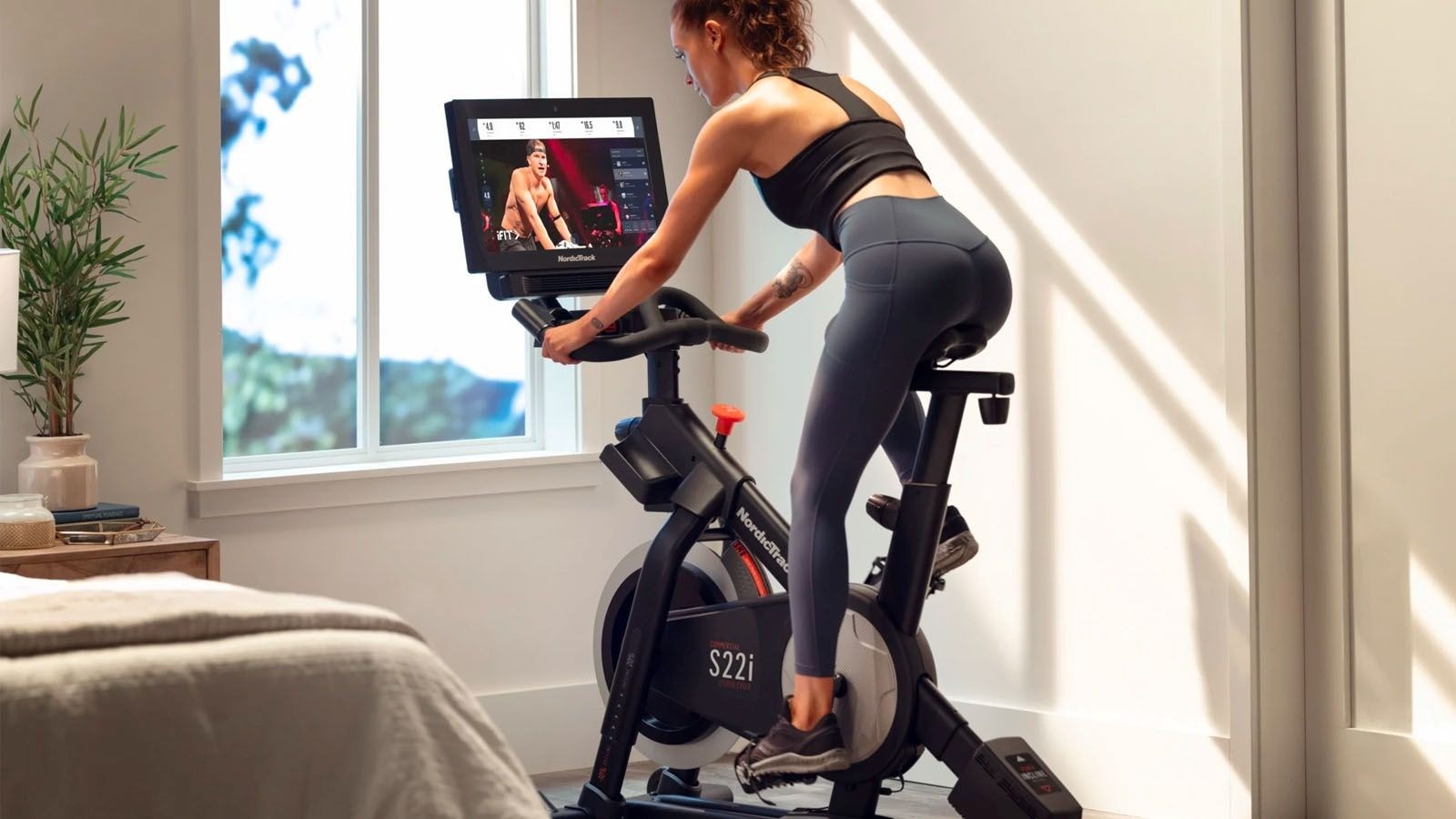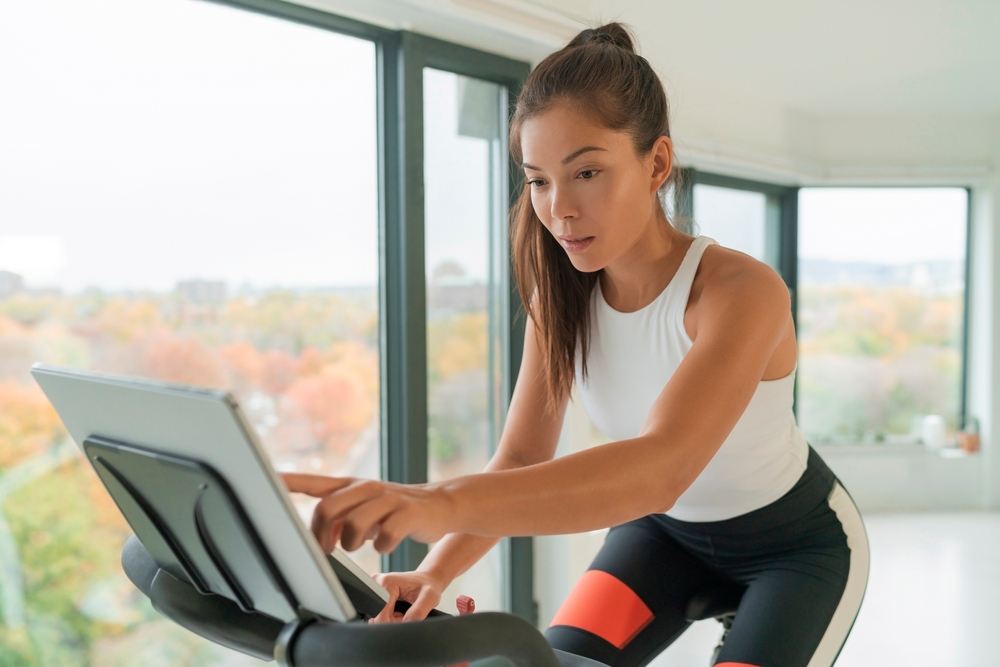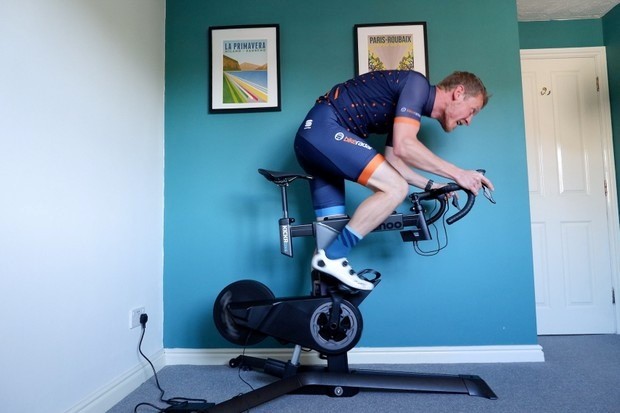
As more and more people are choosing to work out from the comfort of their own homes, indoor bikes have become a popular and effective option for achieving fitness goals. Indoor bikes provide an excellent cardiovascular workout, promote weight loss and help to build lean muscle mass. They are also low impact, making them a great option for individuals who may have joint pain or injuries. With so many options available in the market, choosing the perfect indoor bike can be overwhelming.
Investing in an indoor bike can be a great way to achieve your fitness goals, but before you buy, here are few key steps that you should follow to make sure you choose the right bike for your needs.
Determine Your Budget

Buying a bike for home training is an investment in your health and fitness, and as with any investment, it’s essential to set a budget and stick to it. However, determining how much you’re willing to spend on an indoor bike can be challenging, especially with the vast range of options available in the market. Before you start shopping for an indoor bike, setting a realistic budget that considers your fitness goals and financial constraints is essential. Remember that indoor bikes can range from a few hundred to several thousand dollars, depending on their features and quality.
Consider Your Riding Goals

When it comes to riding goals there are many options to choose from. Here are some common riding goals that people have when using indoor bikes:
1. Cardiovascular fitness: Indoor biking is an excellent way to improve your cardiovascular fitness. You can set riding goals based on the length of time you ride, the distance you cover, or the intensity of your workout.
2. Weight loss: If weight loss is your goal, you can set riding goals that are focused on burning calories. This might involve longer rides, higher intensity workouts, or tracking your heart rate to ensure that you’re working in the fat-burning zone.
3. Building strength: Indoor biking is also a great way to build strength in your lower body. You can set riding goals that focus on increasing your resistance level, performing intervals, or incorporating hill climbs into your workout.
4. Injury recovery: For individuals recovering from an injury, indoor biking can provide a low-impact way to stay active and rebuild strength. Riding goals might involve gradually increasing the duration or intensity of your rides as you regain strength and flexibility.
5. Training for an event: Indoor bikes can also be used to train for outdoor events like cycling races or triathlons. You can set riding goals that mimic the terrain and conditions of your upcoming event, such as hill climbs or time trials.
Whatever your riding goals may be, setting specific and achievable targets can help you stay motivated and track your progress over time. Remember to consult with a healthcare professional before beginning any new exercise routine, particularly if you have any pre-existing health conditions.
Choose the Right Size

Choosing the correct size for your bike is crucial for ensuring a comfortable and safe ride. Riding a bike that doesn’t fit you properly can lead to discomfort, pain, and even injury, ultimately affecting your overall cycling experience. The size of a bike is typically determined by its seat tube length, which is a component of the frame that accommodates the seat post. Seat tube lengths vary based on the size of the frame and are designed to suit riders of various heights and inseam lengths. To identify the right size for your bike, measuring your inseam precisely is essential.
Check the Components

To make sure that you end up with a durable and dependable machine, checking it’s components is essential. Here are some essential components to evaluate before making a purchase:
⦁ Frame: The frame of the bike should be sturdy and durable to withstand regular use. Look for frames made from materials like aluminum, steel, or carbon fiber, which are strong and long-lasting.
⦁ Resistance: Indoor bikes use different types of resistance mechanisms, including magnetic, air, and direct contact. Check that the resistance system is smooth and easily adjustable to meet your fitness needs.
⦁ Flywheel: The flywheel is a crucial component that provides the resistance and momentum needed for a smooth ride. Look for flywheels that are heavy enough to provide a realistic road feel and quiet operation.
⦁ Seat: The seat of an indoor bike should be comfortable and adjustable to accommodate riders of different sizes and shapes. Look for bikes with padded seats and adjustable height and position settings.
⦁ Pedals: The pedals should be sturdy and secure, with adjustable straps to keep your feet in place during the ride. Some indoor bikes come with clipless pedals that allow you to clip in your cycling shoes for a more efficient workout.
⦁ Console: Many indoor bikes come with a console that displays important workout data, such as distance, time, and calories burned. Check that the console is easy to read and navigate.
By checking these components before purchasing an indoor bike, you can ensure that you’re investing in a high-quality and reliable machine that meets your fitness needs and goals.
Consider the Fit and Comfort

To ensure a comfortable and enjoyable riding experience, it’s crucial to select a bike that fits you as well. Apart from finding the right size, there are several other factors that contribute to the fit and comfort of a bike. A bike with adjustable components such as the saddle, handlebars, and stem can help fine-tune the fit to match your body type and riding style. A properly fitted bike will distribute your weight evenly, reducing the pressure on your hands, arms, and back, thus enhancing your comfort and performance on the bike.
Final Thoughts
When choosing the best bike for home training, several factors must be considered. First, it’s important to determine your budget and how much you’re willing to spend on a bike. Next, consider your riding goals and the terrain you plan to ride on. This will help you narrow down the options and choose a bike suitable for your needs. Finding a bike that fits you well is also crucial. To ensure a comfortable fit, look for bikes with adjustable components, such as the saddle, handlebars, and stem. Testing different options and adjusting will help you find the right fit and reduce the risk of discomfort or injury.






Leave a Reply